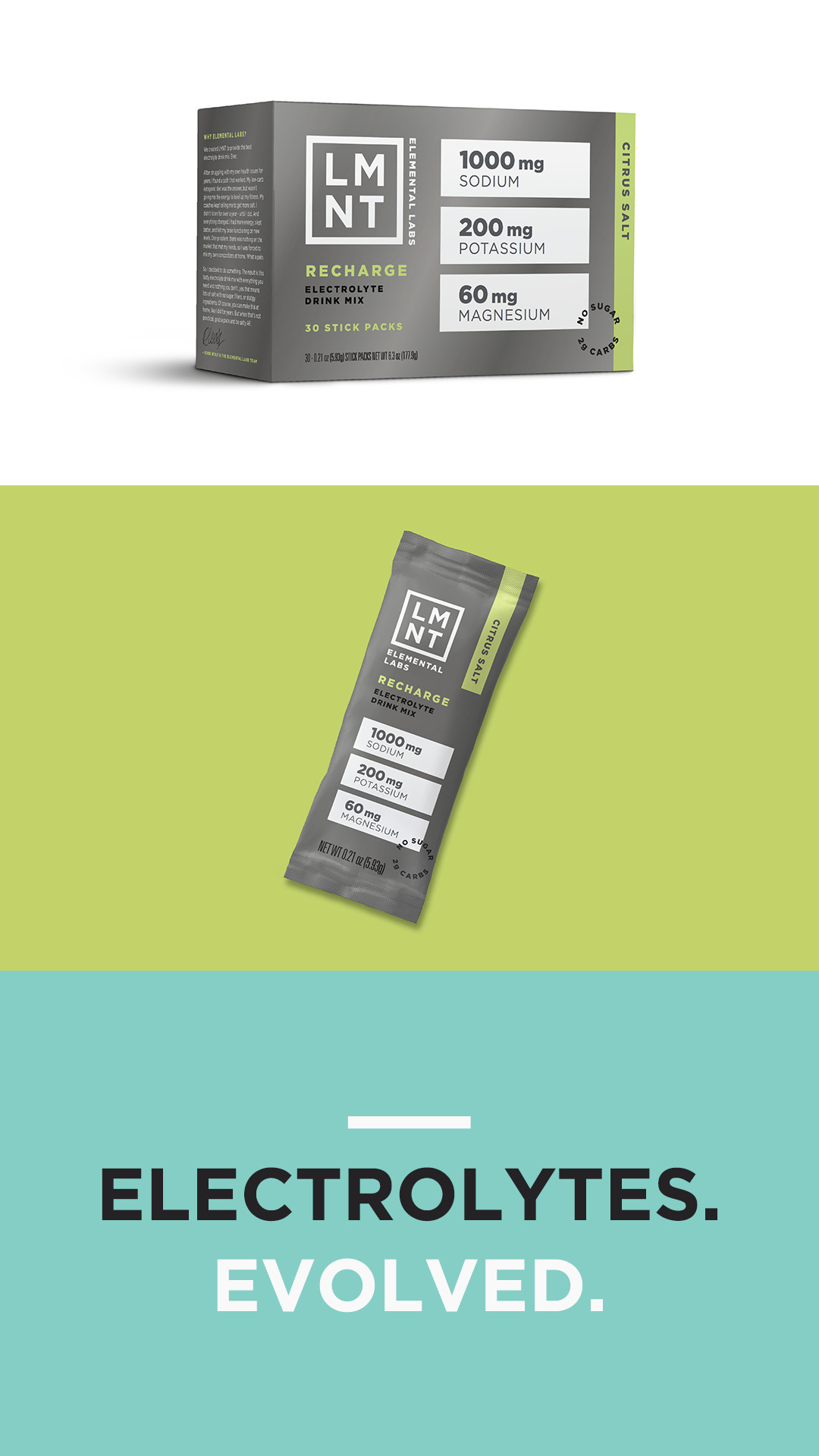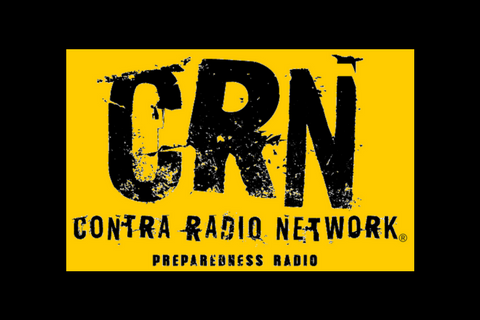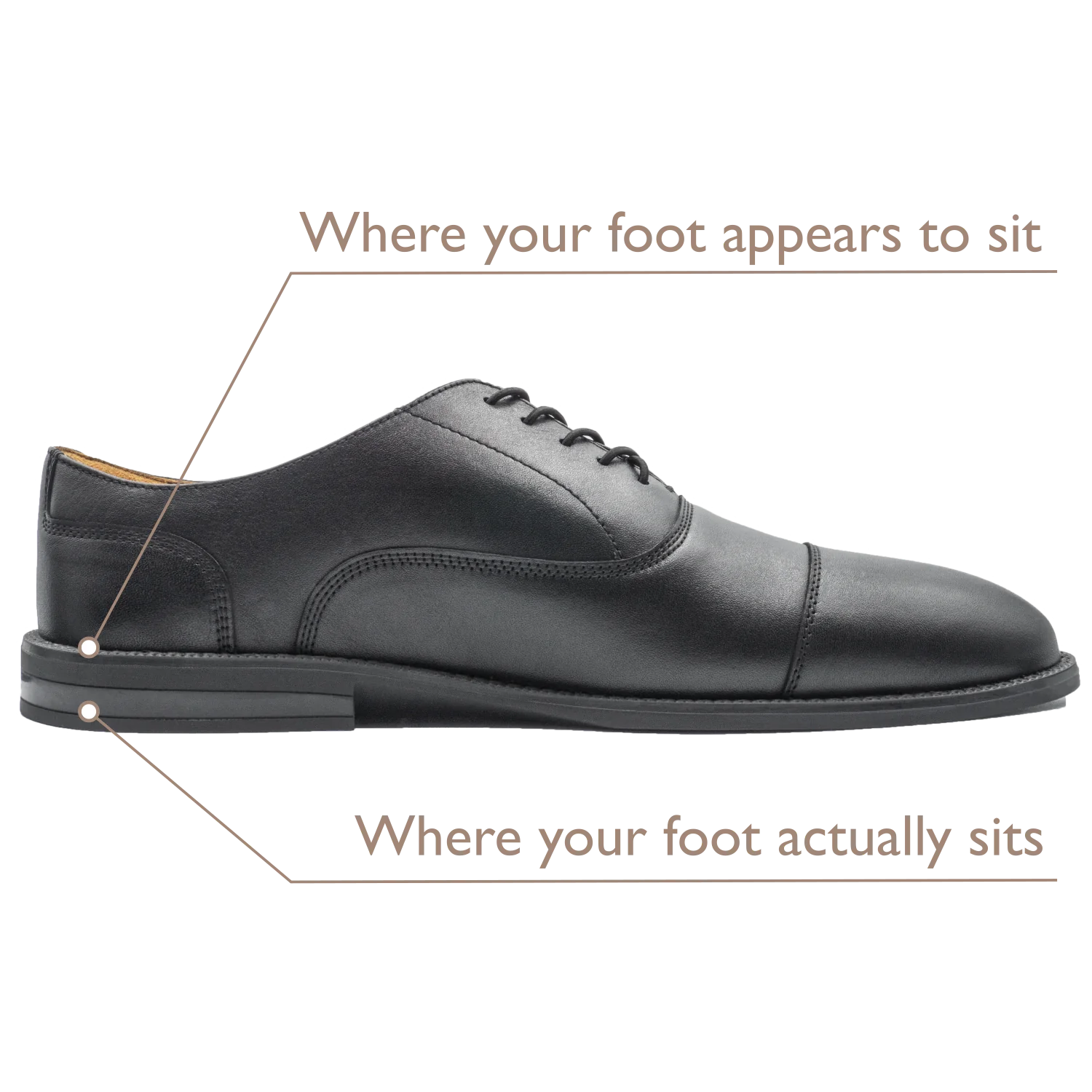Getting a Type 3 FFL
Today I have a guest post from Dave over at TnGun.com. Dave has a ton of great Youtubevideos that are definitely worth checking out. Enjoy learning how to get a Type 3 FFL C&R license.
I want to take a quick couple of minutes to talk to you about a way for the average citizen to receive a lot of the benefits of having a federal firearms license without having to deal with the zoning issues, business license hassles, and everything else that goes along with running a commercial firearm license.
If you have a commercial or type 1 FFL you have to have a business – meaning a storefront with regular hours. The way the FFL license is set up it is almost impossible for a you to run a “kitchen table” business. However, if you are not trying to buy and sell your firearms to make a profit, but only want an FFL for personal use, there is another option.
The federal government through the Bureau of Alcohol, Tobacco, Firearms and Explosives (BATFE or ATF for short) has a Type 3 FFL called a Curio and Relic License. For the cost of filling out a short form, notifying your county sheriff, and a $30 fee you can receive a C&R license good for three years.
This license allows you to buy firearms through the mail for the purpose of collecting firearms.
The ATF website defines a C&R firearm as:
Firearm curios or relics include firearms which have special value to collectors because they possess some qualities not ordinarily associated with firearms intended for sporting use or as offensive or defensive weapons. To be recognized as curios or relics, firearms must fall within one of the following categories:
- Have been manufactured at least 50 years prior to the current date, but not including replicas thereof; or
- Be certified by the curator of a municipal, State, or Federal museum which exhibits firearms to be curios or relics of museum interest; or
- Derive a substantial part of their monetary value from the fact that they are novel, rare, bizarre, or from the fact of their association with some historical figure, period, or event.
In practice this means most C&R firearms are military bolt action rifles, but there are some pistols and shotguns that also meet this definition.
If you are buying qualified C&R firearms using your C&R license you can buy guns out of state and exempted from the Brady law. This allows you to purchase firearms from wholesale dealers at significant savings.
If you send a copy of your C&R license to large dealers like Brownells and others, you may also qualify for dealer pricing. Even if you don’t buy C&R guns, this can save you much more than your license fee.
However, a C&R license is not the same as a tyoe 1 FFL, while the license does allow you to buy and sell curio and relic firearms, the sales must be to better your collection – you cannot buy guns with the intent on resale. The ATF is very suspicious of sales of firearms – say you buy 5 rifles, and immediately sell 4 of them and keep the one you want, the government may decide your engaging in business and fine or arrest you.
However, say you collect Lee Enfields, and have a lot of a common model, say 15 No. 4 Mk 2 and fine a guy selling a 100% No. 1 Mk VI (only about a thousand were made) – you can sell several of the more common guns to make the money needed to buy the more expensive firearm since you are bettering your collection.
Besides being able to receive discounts from mail order supply stores, I have applied for a C&R license because it counts as a firearm activity for the purpose of buying firearms from the civilian marksmanship program, and I found I can buy a Mosin Nagant rifle and 440 rounds of ammunition for under $200 bucks.
Since family and friends love telling me they are coming to my house in the event of a zombie apocalypse, I figured I may need a couple extra guns. I cannot afford to buy an AR for every ill-prepared loved one that plans on squatting on my lawn, but I can afford to get an old WWII bolt gun and a tin of corrosive ammo every month or two. It may not be the best gun, but the sniper records for most kills are with mosin’s as well as it having the history of being the gun that stopped the German invasion of Russia in WWII.
I know some in the prepper community may not think that for OPSEC issues a C&R may not be the right thing for them, and I respect that, however, if you have bought any firearms from a dealer than that dealer has a record of what you bought. I figure if a government clerk starts looking to lock up everyone that has a rifle, they are already going to know who I am, no matter if I have a license or not.
There are also some concerns about the ATF coming to your home to inspect your guns, having a C&R license does not negate your 4th amendment rights, if the ATF wants to inspect your records and see if you have the guns your record book says you have, you have the option of confining the inspection to a single room in your home, or bringing your records and C&R guns to the ATF field office.
Since the liense specifically deals with C&R guns, having a compliance inspection on those firearms does not mean you have to show all the Glocks, AR-15s, and Mossburgs your keep in your “other” safe…
If your interested in C&R licenses I have a collection of links to help you decide if this is a route you want to take in your prepper journey:
- ATF Curio and Relic FAQ
- ATF Form 5310.16 (Form 7CR) Curio and Relic Application
- Curio and Relic’s list
- Sample C&R Dealers
David Nash of the Shepherd School hold several firearm instructor and instructor trainer certifications and his school teaches a variety of firearm, disaster preparedness, and urban homesteading classes. To learn more, visit him online at www.tngun.com


















One Reply to “Getting a Type 3 FFL”
Comments are closed.